Walking through Old Savannah is like meeting a person who is ridiculously good-looking, but down to earth, catching you off guard and leaving you completely flustered - in the nicest way. It has the feel of a city where its present and its ancestral past still coexist with a mutual affection.
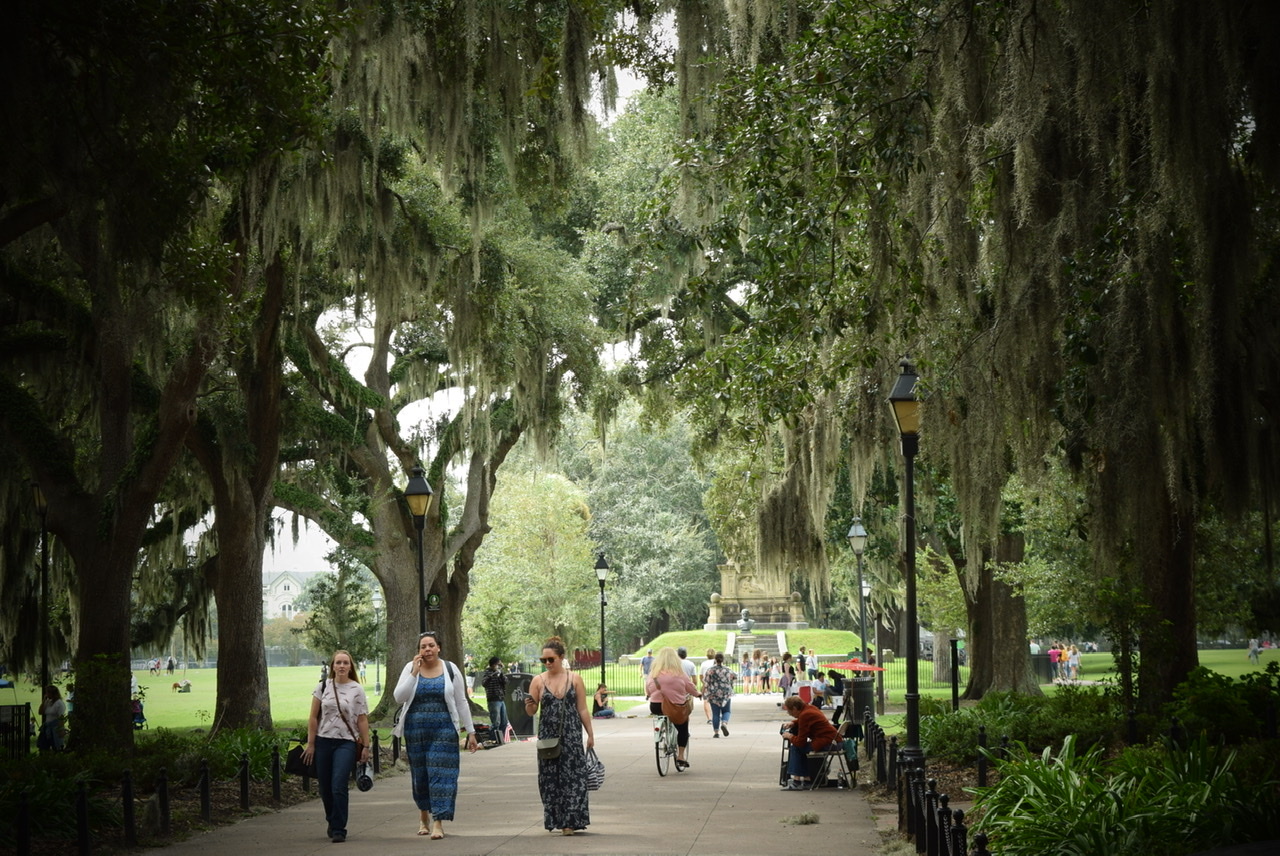 If you told me that a visit to the Deep South in September would bring 74 degrees temps & light summer breezes, I wouldn’t believe you. Yet there we were. Our visit this past fall was an all-day crash course on Savannah’s historic district, starting at the Visitors Center/Museum block on Liberty, zig-zagging through the streets lined with mossy live oaks and antebellum homes, and punctuated with pocket parks.
If you told me that a visit to the Deep South in September would bring 74 degrees temps & light summer breezes, I wouldn’t believe you. Yet there we were. Our visit this past fall was an all-day crash course on Savannah’s historic district, starting at the Visitors Center/Museum block on Liberty, zig-zagging through the streets lined with mossy live oaks and antebellum homes, and punctuated with pocket parks.
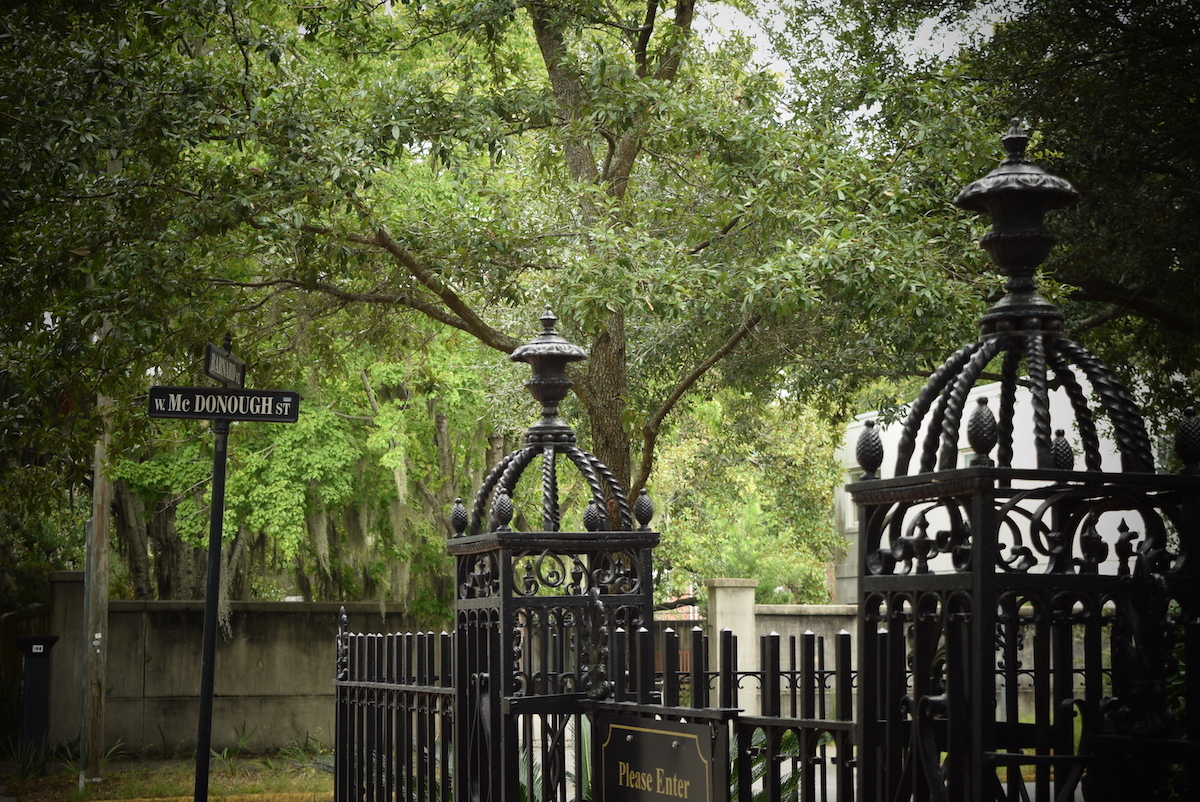
We glimpsed a few of the top attractions, including Forsyth Park, the monument squares, City Market, and walked part of River Street where the container ships pass right alongside the old-fashioned steamboats.
Savannah is much like Charleston at first glance, but sleepier, cozier, with a more “lived-in” kind of elegance. It is drenched in the natural beauty of deep shade, green, flowing water, and storytelling signs and monuments framed into every street. The ornamental architecture is stunning, but it is only a backdrop.
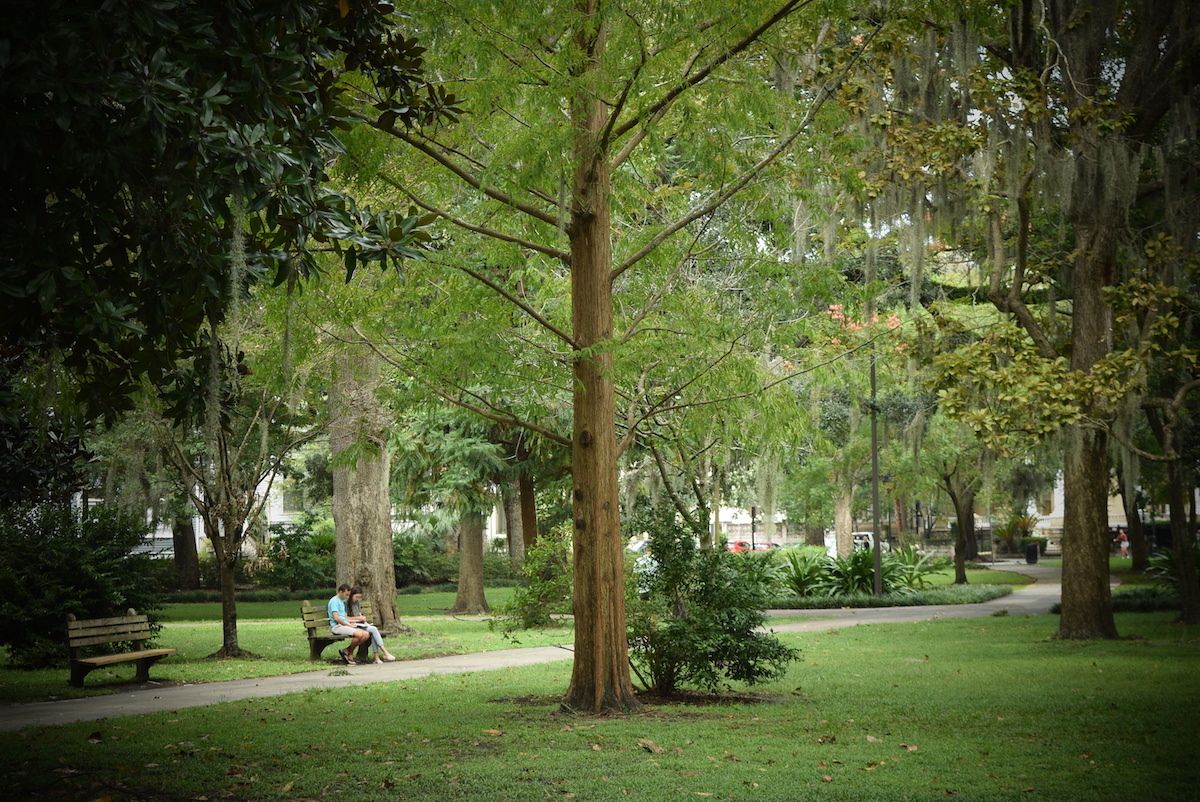
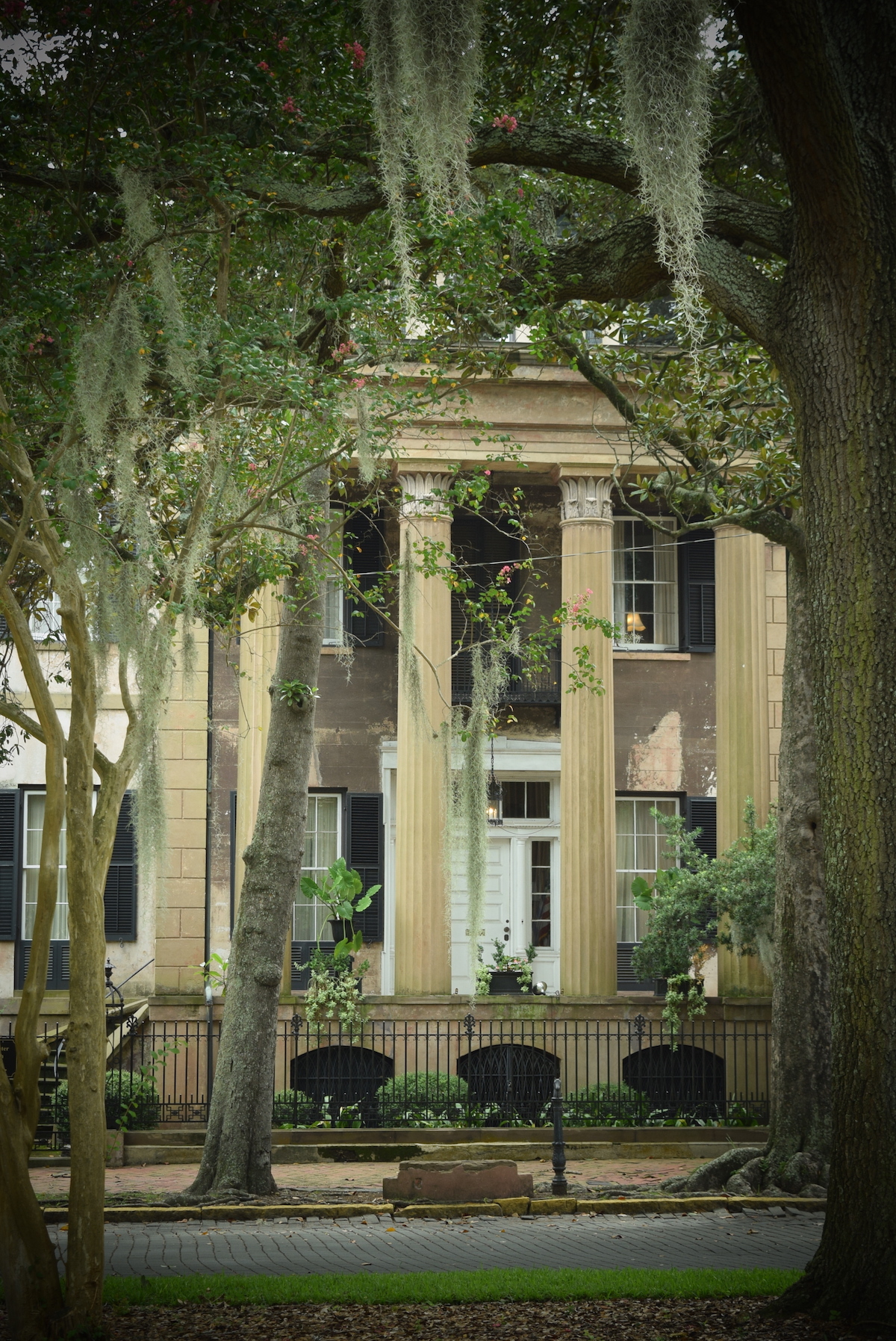
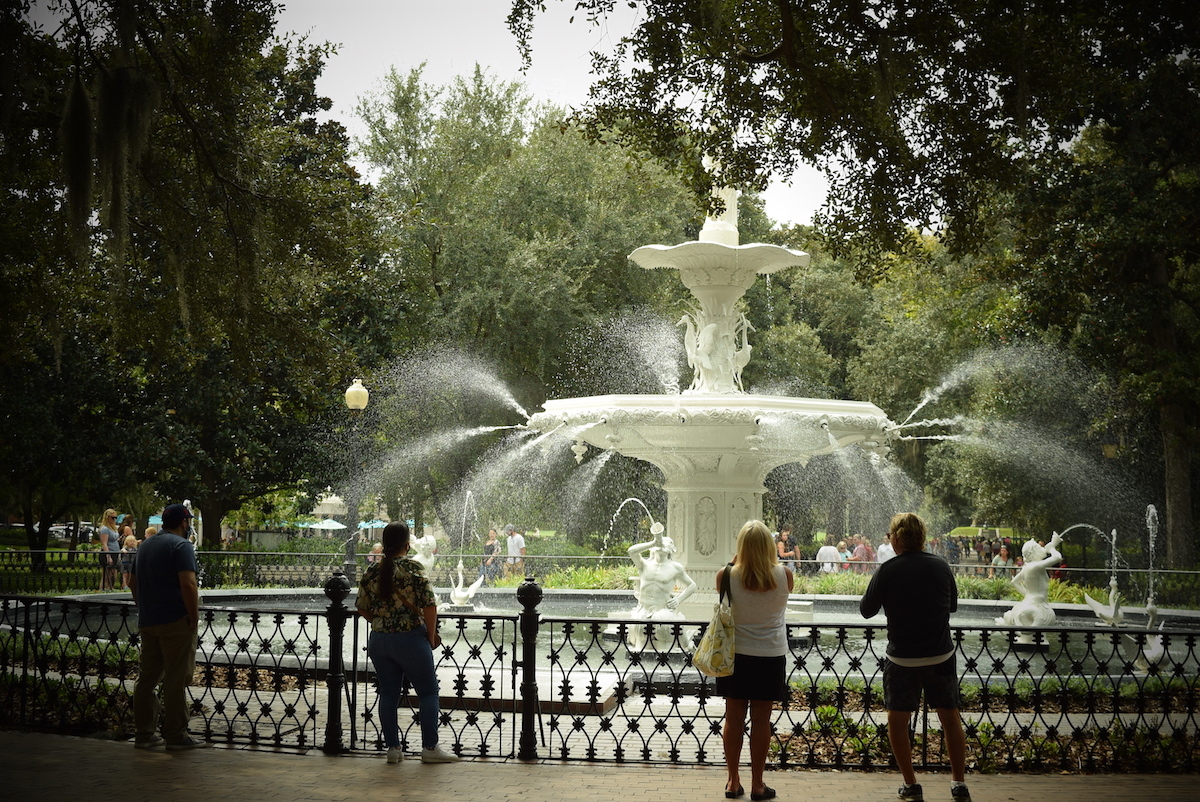 Interesting sounds, colors, and textures emerge from everywhere; pocket gardens tucked in a street corner by a 300-year-old house; an international cafe; a sidewalk painter; the sound of a flute or a bagpipe; pleasant smells that pass before you can place them.
Interesting sounds, colors, and textures emerge from everywhere; pocket gardens tucked in a street corner by a 300-year-old house; an international cafe; a sidewalk painter; the sound of a flute or a bagpipe; pleasant smells that pass before you can place them.
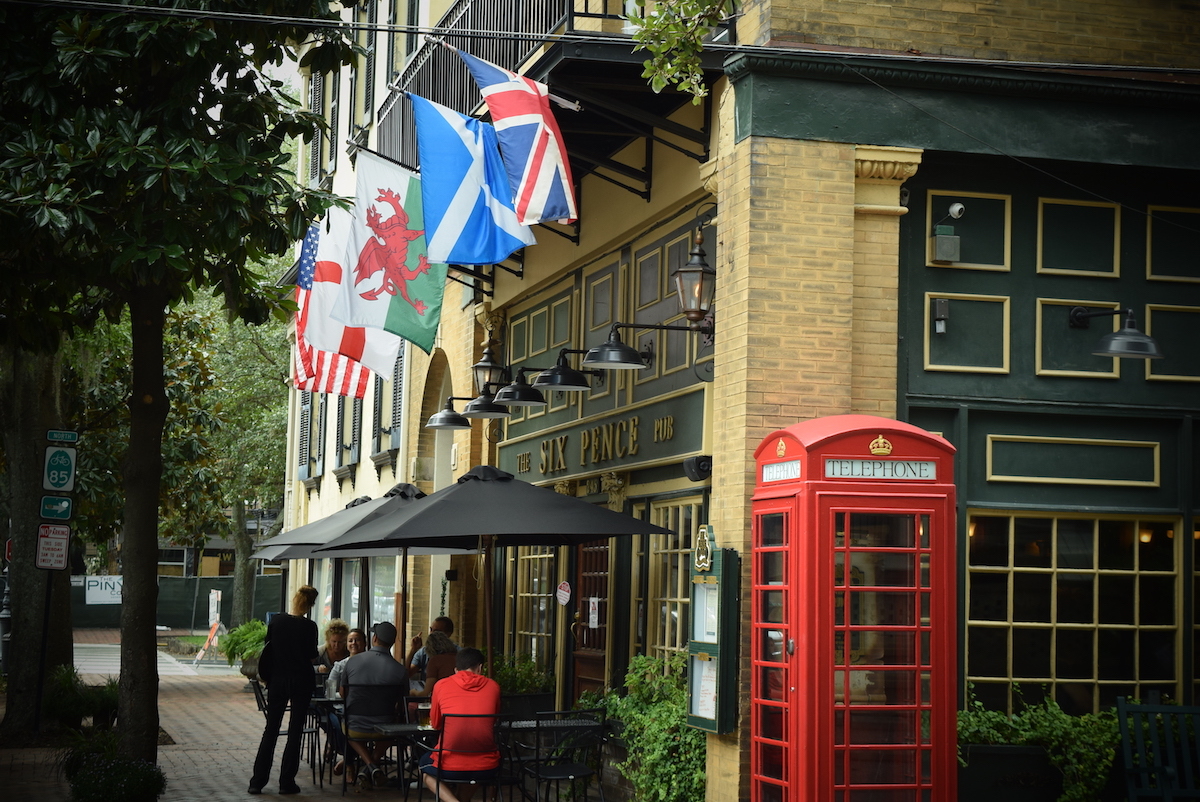

Walking through Old Savannah is like meeting a person who is ridiculously good-looking but down to earth, catching you off guard and leaving you completely flustered, in the nicest way. It has the feel of a city where its present and its ancestral past still coexist with a mutual affection.
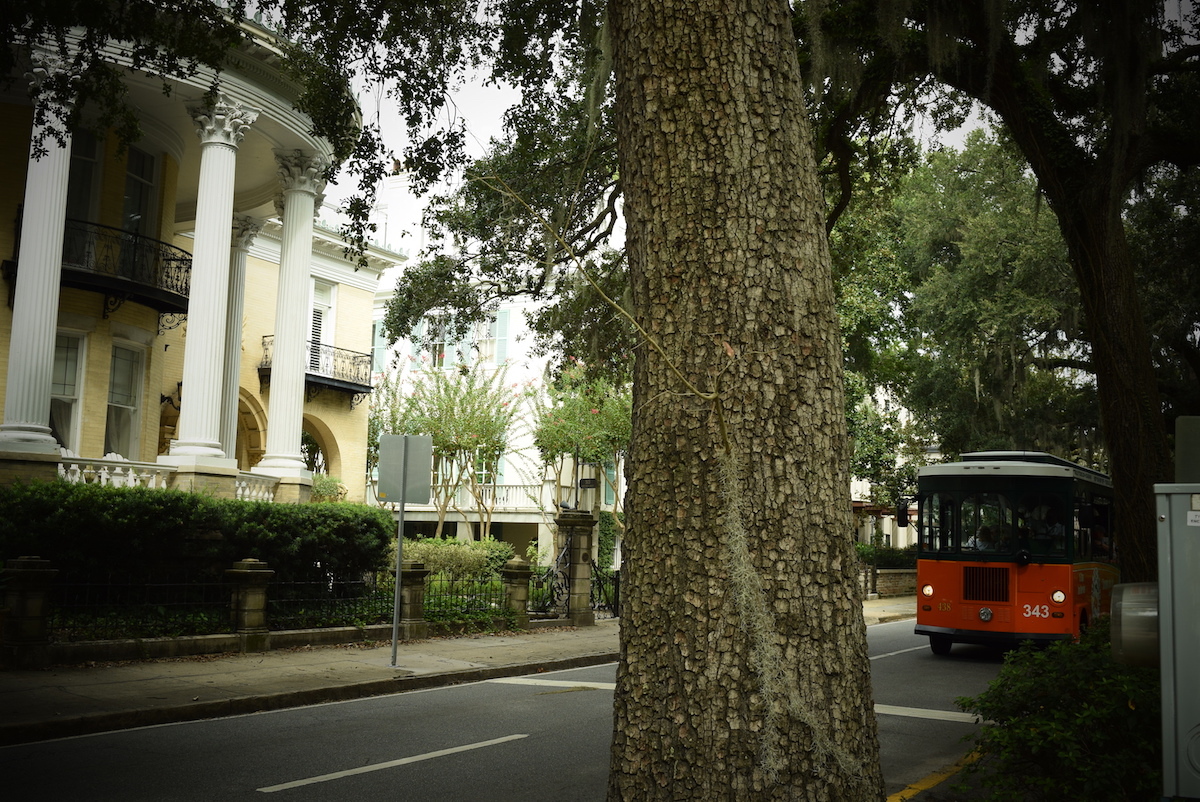
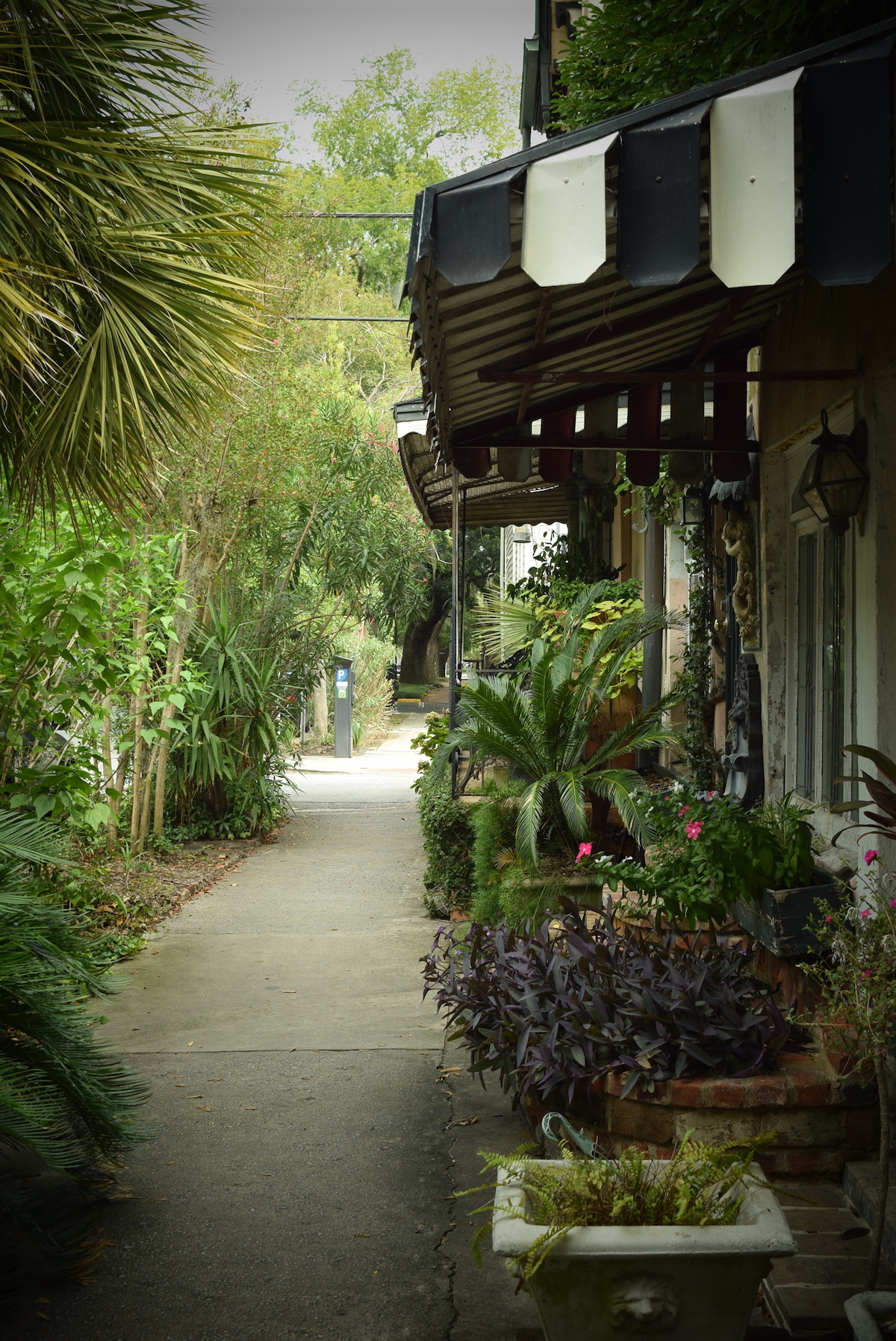





Today, Savannah is home to a major art school which contributes to the colorful, earthy feel of its diverse urban scene and casual, hospitable elegance. It’s a fitting homage to the unique stage of its early history, where a brilliant and largely unsung example of progressive social action tipped the balance of history forever. Under the determined organization of freethinking leaders like James Oglethorpe, an alliance of “unwanted” outcasts like Sephardic Jews and disenfranchised English families, struggling under the corrupt social order, formed a peaceful working community within the Georgia swamps that unwittingly became the buffer thwarting the Spanish colonial takeover of the eastern seaboard.
When the Georgia colony was founded in 1732, it was conditional to the respectful alliance with the Creek Indians who knew and cared for the land. It was the only European colony in the Americas where slavery was banned - years before abolition became a political force.
This unlikely and unconventional community was later a bulwark against the raging tide of Manifest Destiny that swept across the early American colonies during the Revolutionary War; in fact, many Georgians (including ancestors of mine) landed on the “wrong” side of history when they fought alongside the Creek Indians, opposing the mass seizure of land by the Continental Army. History became a story told by the other point of view; but the incredible legacy of the power of human cooperation, so far ahead of its time, remains.
The ghosts of this past still linger lovingly. You can feel them emanating from the land, and whispering in the shady breeze, with a message much older, much quieter, than what our clamoring world can hear clearly.
🐚
